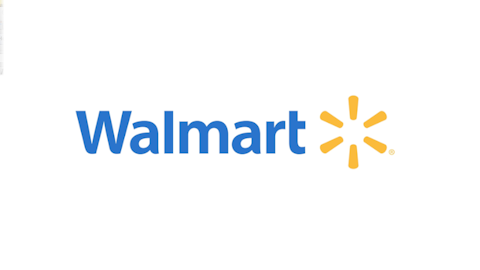“Other guys read Playboy. I read annual reports.”
— Warren Buffett
I’m not quite as fanatical as Warren, but I do enjoy digging into a company’s annual report (called a 10-K) to learn something new. Especially for companies I own.
Over the next few weeks I’ll be reading the 10-Ks of all the companies I own shares in, first page to last.

First up: The Procter & Gamble Company (NYSE:PG). Here are five things I learned from P&G’s annual report (which you can read here).
1. It has a huge reliance on Wal-Mart Stores, Inc. (NYSE:WMT) I always knew Wal-Mart sold a large amount of Procter & Gamble’s products, but I didn’t know exactly how much. The figure shocked me.
“Sales to Wal-Mart Stores, Inc. (NYSE:WMT) and its affiliates represent approximately 14%, 15% and 16% of our total revenue in 2012, 2011 and 2010, respectively.”
That’s huge. Think about it: The Procter & Gamble Company (NYSE:PG) is one of the world’s largest consumer-product companies, and one retailer is responsible for one-sixth of its sales.
“No other customer represents more than 10% of our net sales,” the 10-K reads.
For perspective, Asia made up 18% of The Procter & Gamble Company (NYSE:PG)’s total sales in 2012, while Latin America made up 10%. So, Wal-Mart Stores, Inc. (NYSE:WMT) alone sells 40% more Procter & Gamble products than are sold in all of Latin America.
2. Without international exposure, the company would be a mess.
Take a look at this table:
Net sales (in billions)
| Year | United States | International |
|---|---|---|
| 2012 | $29.5 | $54.2 |
| 2011 | $29.9 | $51.2 |
| 2010 | $29.5 | $48.1 |
The Procter & Gamble Company (NYSE:PG)’s total sales are growing — but barely. And what little growth it is squeaking out is coming entirely from overseas.
That highlights two points. One, diversification is one of this company’s key strengths. Two, U.S. consumers don’t have nearly the appetite for brand-name products that they used to. Generics sold by companies like Costco Wholesale Corporation (NASDAQ:COST) have gained consumers’ attention.
3. Advertising isn’t working like it used to.
Why would anyone buy expensive laundry soap when the cheap bottle of generic probably works just as well? Because The Procter & Gamble Company (NYSE:PG) spends a fortune on advertising to convince consumers that its products are worth the money.
Problem is, the effectiveness of its advertising seems to be waning. Over the last five years, revenue growth has slowed while advertising as a share of revenue has increase. In other words, the amount of additional sales it gets from additional marketing is dropping:
| Year | 2012 | 2011 | 2010 | 2009 | 2008 |
|---|---|---|---|---|---|
| Revenue growth | 3% | 5% | 3% | (3%) | 9% |
| Advertising as a percentage of sales | 11.2% | 11.4% | 10.9% | 9.9% | 10.8% |
